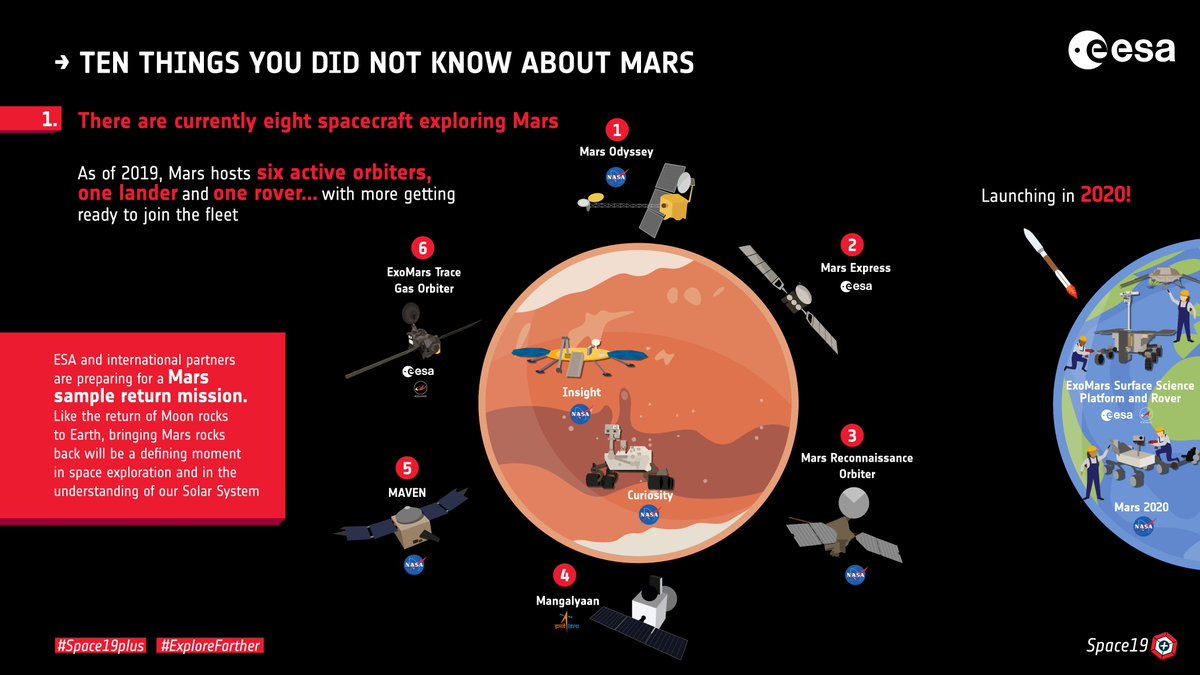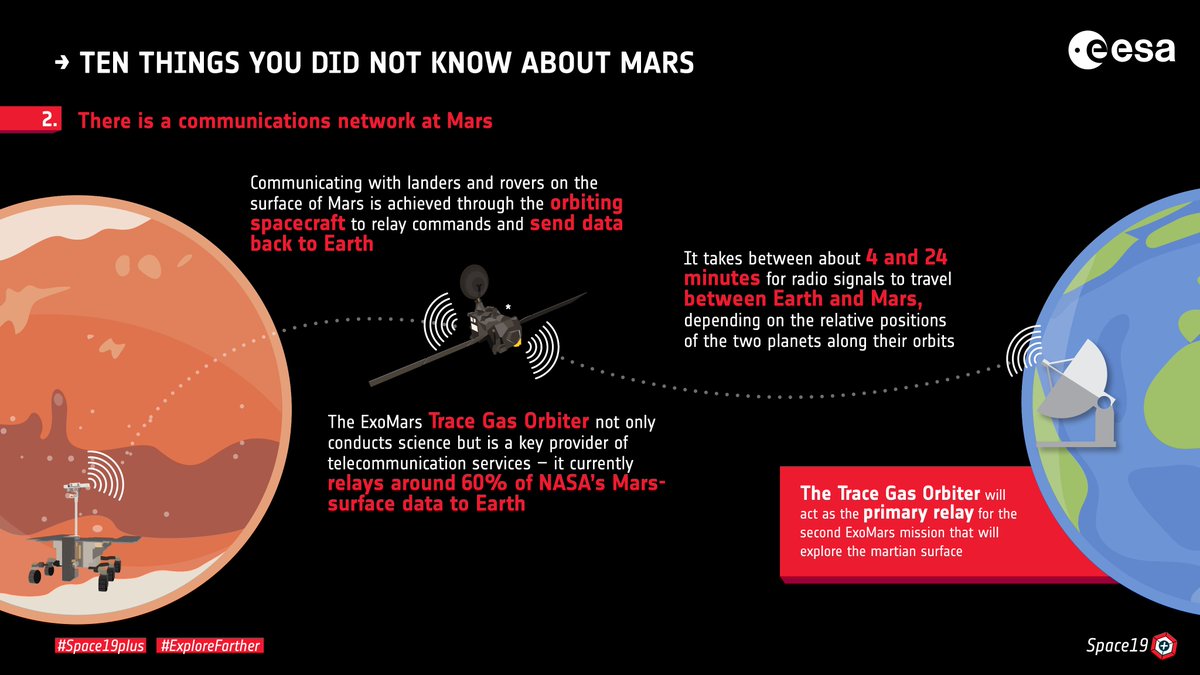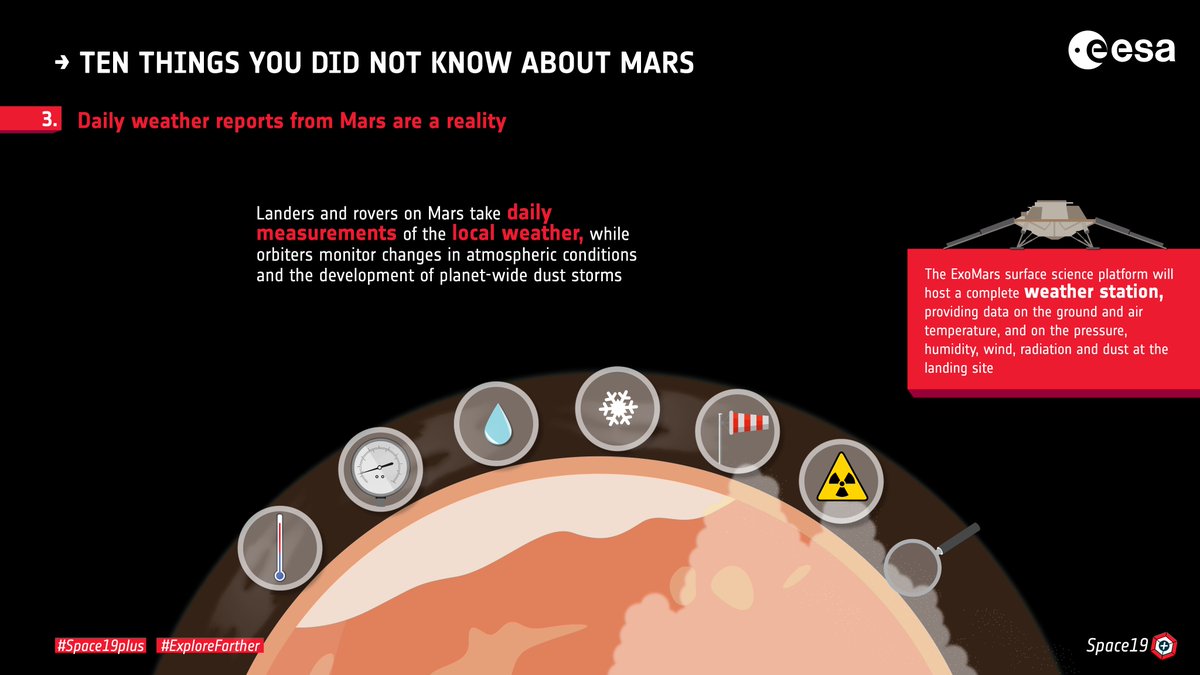Tiny crystals found on edge of Great Salt Lake may offer insight about similar structures on the red planet, scientists say
Along with the high-salinity waters of Great Salt Lake, the expanded shoreline means there are more places where water can bubble up to the surface from warm, sulfate-rich springs.
Mirabilite mounds are seen more often in places such as the Antarctic, bolstered by the constantly cold temperatures. There are also indications of similar
Salt deposits on Mars could hold clues about whether groundwater or even life was ever supported on the red planet, said Robert Zubrin, president of the Mars Society,
Mirabilite mounds are especially interesting because they’re created by water bubbling up from underground, so they can provide clues about what’s beneath the
Other water bodies in the west have faced similar pressures, including California’s Owens Lake.











